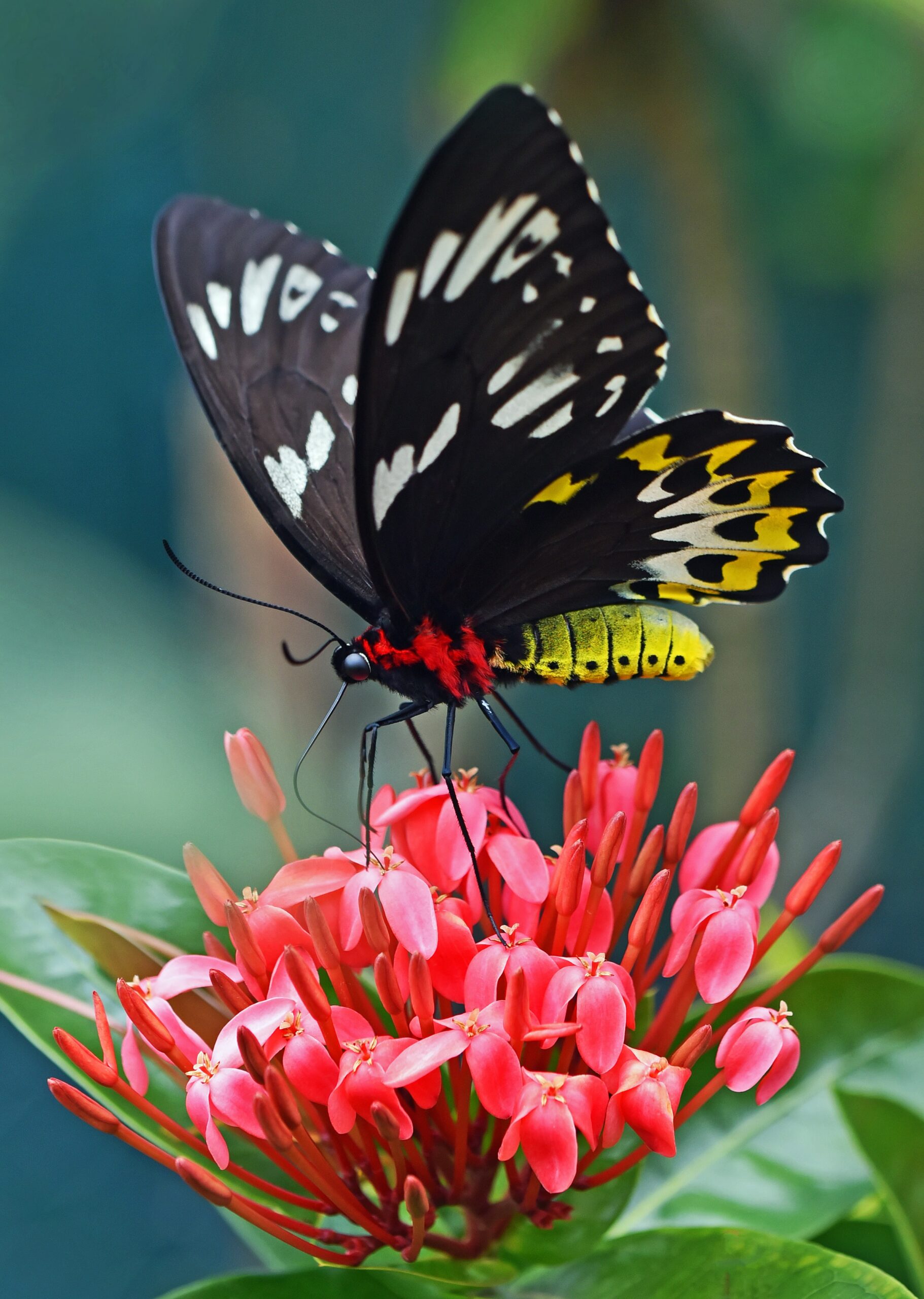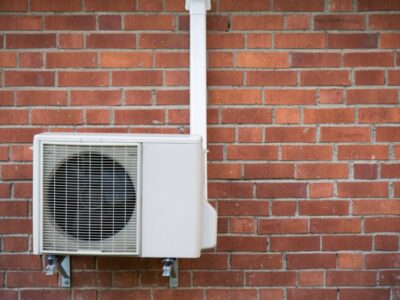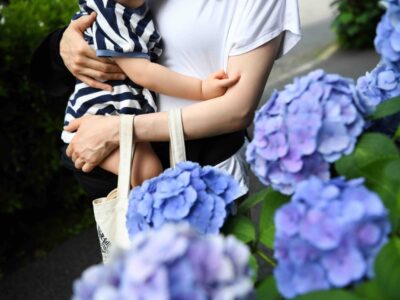Bees are always the hot topic for gardening, but butterflies deserve some credit too. Like bees, butterflies play a critical role in pollinating flowers, serving as a crucial pillar of ecosystems commonly found near the home.
Butterflies’ primary source of nutrients is nectar, the sugary substance found in flowers. In the same way that bees pollinate flowers, butterflies land on a plant to extract its nectar, collecting pollen particles from the given vegetation. Upon leaving the plant (with the newly collected pollen and filled up with nectar), the butterfly will eventually land on another flower, embarking on the previously gathered pollen in a new location and furthering the ever-essential cycle of the plant reproduction via pollination.
Although butterfly numbers are decreasing worldwide, some easy-at-home gardening tips can help make a difference in the butterfly population. Namely, by planting flowers and vegetation that is attractive to the butterfly, gardens will flourish more readily while also providing essential nutrients, shelter, and reproductive environments.
Butterflies use their great sense of smell to choose what plants to fly to, feed off of, pollinate, and seek shelter in. Picking flowers that butterflies are known to love the scent of is the easiest and most natural way to attract them and encourage them to lay caterpillar eggs – yet another fantastic and organic way to promote a healthy garden. You can start with these types of vegetation:
Milkweed
This flower is a favorite of butterflies, and they are one of the only insects to feed on it. Usually planted in early spring, milkweed will do well in average garden soil, meaning it won’t require any fancy additives, making it a straightforward addition to this year’s garden.
Zinnia
Zinnia is the perfect color pop for any garden with its bold-toned leaves, similar to a daisy (it is after all, in the daisy family). These do best in full sun and survive in partial shade, provided the flowers have suitable soil nutrients. Zinnia will be just fine with ordinary soil and will bloom in the hottest month of the year (usually late summer). Butterflies will look great on these brightly colored flowers!
Black-Eyed Susan
This flower is a true staple of the American garden. Resembling the sunflower, but much smaller, Black-Eyed Susan are excellent, easy-to-care-for additions to any yard (and a great companion plant for zinnia, as it happens). Black-Eyed Susan are a form of wildflower that are plantable in regular soil, and they are fairly resilient and drought tolerant. Be warned, though, these can reproduce quickly, so gardeners should anticipate they will spread! These flowers can be planted in early spring but will hit their stride as soon as the soil temperature reaches above 70 degrees.
Coneflower
Coneflower is another butterfly favorite. Thriving in full sun, these perennials are easy to grow and long-bloomers! The seeds should be planted after the winter days have passed, ensuring they won’t be subject to frost.
Salvia
Salvia are tall, narrow flowers that adore full sun almost as much as butterflies adore them! Ideal for planting in late May, these are a great choice to help add some vertical intrigue to a garden area with minimal hassle. This flower is drought tolerant and hearty, so even though they will hit their prime in the summertime, they are annuals that will grace your garden and attract butterflies so long as you desire.





